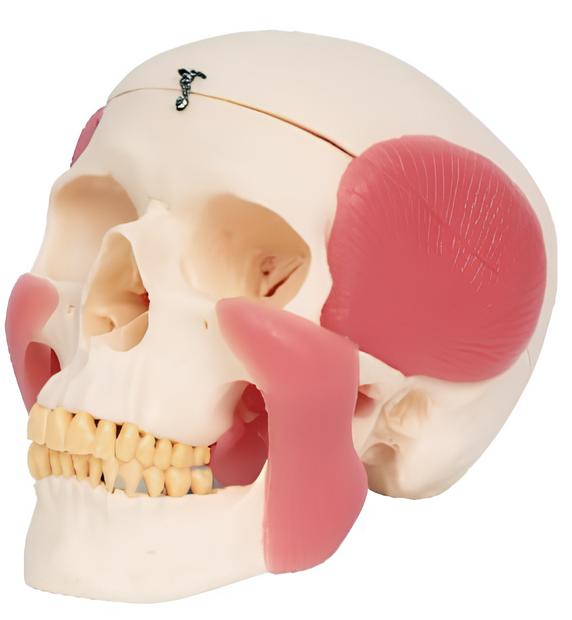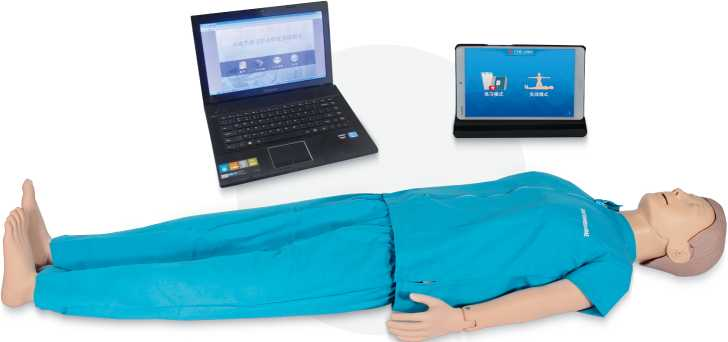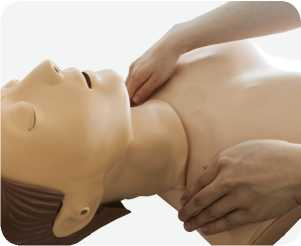 Detail Introduction:
Detail Introduction:Function: The maxilla and mandible of the model are connected by springs, which can Free movement; The internal and external views of the adjacent skull morphology and skull base are shown Muscles; The maxilla and mandible of the model are connected by springs, which can Free movement; The internal and external views of the adjacent skull morphology and skull base are shown Muscles;
It seems like you're referring to a model of the skull and its relationship with muscles. In anatomical terms, the skull is connected to various muscles that play crucial roles in movement, expression, and support. Here's a brief overview:
Facial Muscles: These muscles are attached to the skull and are responsible for facial expressions. Examples include the frontalis (forehead), orbicularis oculi (around the eyes), and orbicularis oris (around the mouth).
Mastication Muscles: These muscles are involved in chewing and are directly attached to the skull. Key examples include the masseter, temporalis, and pterygoid muscles.
Neck Muscles: The skull is connected to the neck via muscles like the sternocleidomastoid and trapezius, which help in head movement and stabilization.
Occipital Muscles: The occipitalis muscle at the back of the skull helps in moving the scalp
Size:自然大






